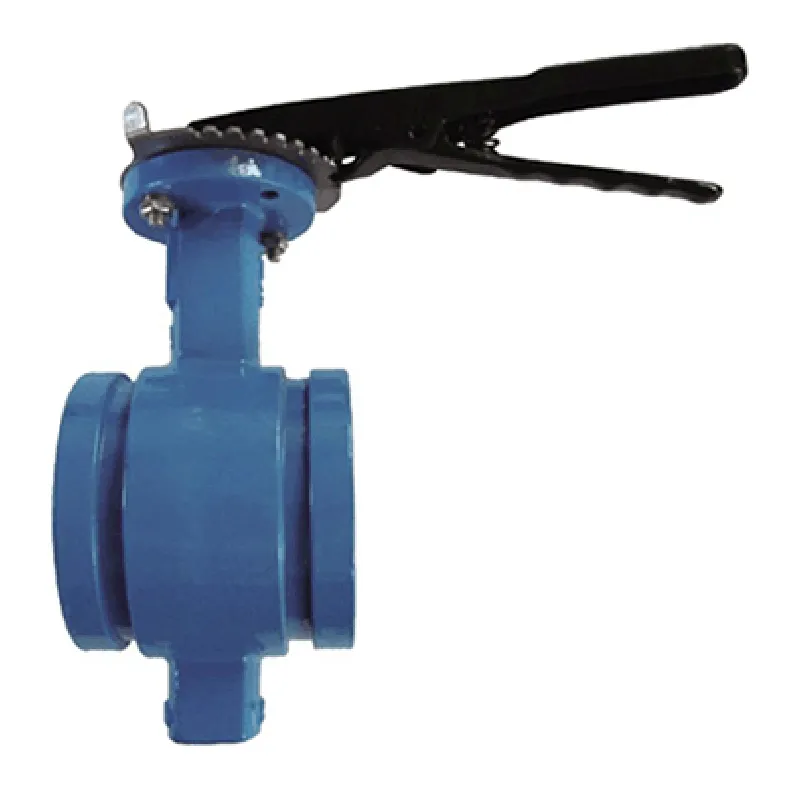10 月 . 07, 2024 05:17 Back to list
ss ball valve flange type
Understanding SS Ball Valve Flange Type A Comprehensive Overview
In the world of industrial plumbing and fluid control systems, valves play a crucial role in managing the flow of liquids and gases. Among various types of valves, the stainless steel (SS) ball valve, particularly the flange type, stands out due to its design, durability, and efficiency. This article delves into the features, advantages, applications, and maintenance of SS ball valve flange types, providing an in-depth understanding for professionals in the industry.
What is a SS Ball Valve Flange Type?
A stainless steel ball valve is a quarter-turn valve that controls the flow of fluid through it using a hollow, perforated, and rotating ball. The flange type refers to how the valve is connected to pipes or other components; it uses a flange to create a secure, leak-proof joint. This design is particularly effective in high-pressure and high-temperature applications, ensuring a robust connection that can withstand harsh operational conditions.
Key Features
1. Material Composition Stainless steel is favored for its corrosion resistance, strength, and aesthetic appeal. It is especially useful in environments where fluid contamination needs to be minimized.
2. Design Versatility Flanged ball valves come in various designs, including full port and reduced port configurations. Full port designs provide a larger flow area, minimizing pressure loss and turbulence, making them ideal for high-capacity systems.
3. Ease of Operation The quarter-turn operation allows for quick and easy flow control. This is particularly beneficial in applications where rapid response is critical.
4. Sealing Mechanism Ball valves have a floating ball design that seals against the valve seats, ensuring tight closure and preventing leakage.
Advantages of SS Ball Valve Flange Type
1. Durability The stainless steel construction offers excellent durability, making it suitable for long-term use, even in extreme environments. This reduces the need for frequent replacements.
ss ball valve flange type

2. Enhanced Flow Control The design of a ball valve allows for efficient flow regulation. When fully open, the flow is unimpeded, while a simple turn can stop the flow completely.
3. Corrosion Resistance The stainless steel material resists rust and corrosion, making these valves ideal for use in humid or corrosive environments, such as chemical processing and wastewater treatment.
4. Ease of Installation Flanged connections simplify the installation process, allowing for better alignment and reduced stress compared to threaded connections.
Applications
SS ball valve flange types are used in a wide range of industries due to their adaptability
- Oil and Gas Industry Here, these valves control the flow of crude oil and natural gas, where safety and reliability are paramount. - Water Treatment Plants They are used to regulate water flow, ensuring systems operate efficiently and safely. - Chemical Processing In this sector, the ability to handle corrosive substances makes stainless steel ball valves indispensable. - Food and Beverage Industry The hygienic qualities of stainless steel make these valves suitable for food-safe applications, where cleanliness and safety are critical.
Maintenance Tips
Maintaining SS ball valve flange types is relatively straightforward. Regular inspections should include checking for leaks, ensuring the valve operates smoothly, and looking for signs of corrosion or wear. Lubricating the mechanical components can enhance performance, and any worn or damaged seals should be replaced promptly to prevent leaks.
Conclusion
In conclusion, the SS ball valve flange type is an essential component in various industrial applications, known for its durability, efficiency, and effectiveness in flow control. Understanding its features, advantages, and maintenance will help professionals make informed decisions when selecting valves for specific applications. Whether in oil and gas, water treatment, or chemical processing, these valves play a pivotal role in ensuring system integrity and operational efficiency.
Share
-
Understanding the Differences Between Wafer Type Butterfly Valve and Lugged Butterfly ValveNewsOct.25,2024
-
The Efficiency of Wafer Type Butterfly Valve and Lugged Butterfly ValveNewsOct.25,2024
-
The Ultimate Guide to Industrial Swing Check Valve: Performance, Installation, and MaintenanceNewsOct.25,2024
-
Superior Performance with Industrial Swing Check Valve: The Essential Valve for Any SystemNewsOct.25,2024
-
Industrial Swing Check Valve: The Ideal Solution for Flow ControlNewsOct.25,2024
-
You Need to Know About Industrial Swing Check Valve: Functionality, Scope, and PerformanceNewsOct.25,2024